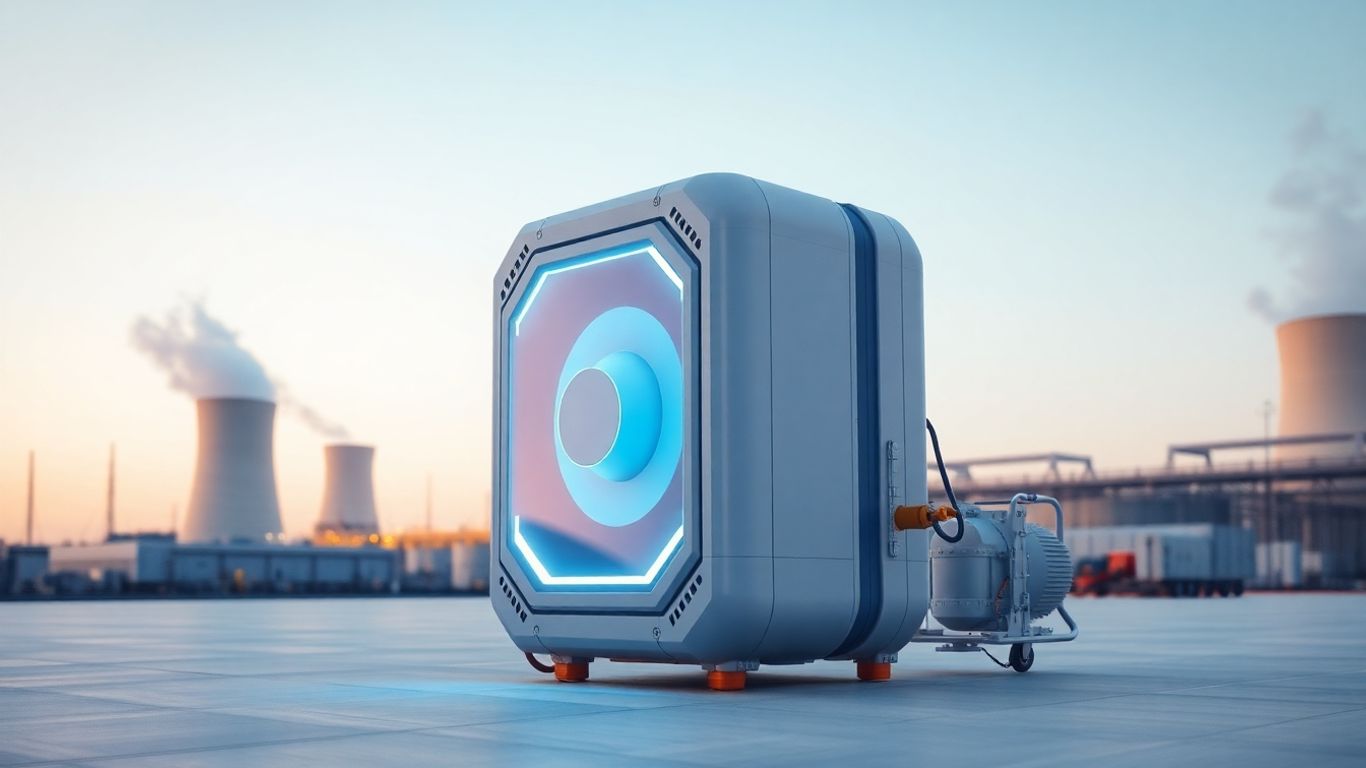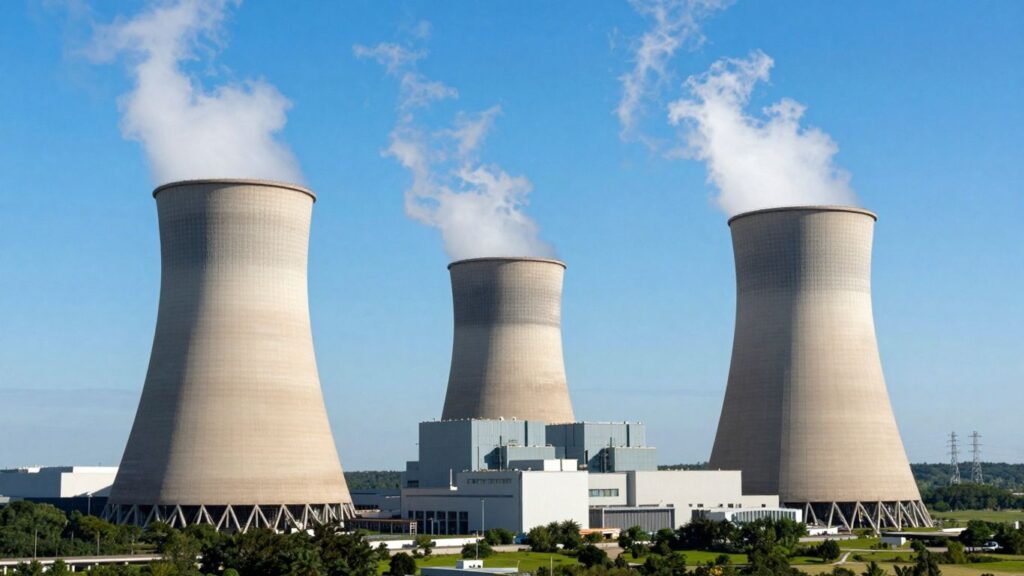The global market for Small Modular Reactors (SMRs) is experiencing significant growth, driven by their potential to offer a more flexible, cost-effective, and safer alternative to traditional large-scale nuclear power plants. These advanced reactors, with power output typically below 300 MWe, are poised to play a crucial role in decarbonization efforts and energy security worldwide.
Key Takeaways
- SMRs offer enhanced safety features and reduced construction times.
- The market is driven by demand for clean energy and grid modernization.
- Various countries are actively developing and deploying SMR technology.
Driving Forces Behind SMR Adoption
The increasing global focus on climate change and the urgent need for reliable, low-carbon energy sources are primary catalysts for the SMR market’s expansion. Unlike conventional nuclear reactors, SMRs can be manufactured in a factory setting, allowing for greater quality control and shorter on-site construction periods. This modular approach also translates to lower upfront capital costs, making nuclear energy more accessible for a wider range of applications, including industrial processes and remote communities.
Global Market Trends and Developments
Several nations are at the forefront of SMR development and deployment. Countries like the United States, Canada, the United Kingdom, and China are investing heavily in research, design, and licensing of various SMR technologies. These efforts are supported by government initiatives and private sector innovation, aiming to bring SMRs online within the next decade. The market is characterized by a diverse range of SMR designs, including light-water reactors, high-temperature gas-cooled reactors, and molten salt reactors, each offering unique advantages for specific applications.
Challenges and Future Outlook
Despite the promising outlook, the SMR market faces certain challenges, including the need for robust regulatory frameworks, public acceptance, and the establishment of a secure fuel supply chain. However, ongoing technological advancements and increasing international collaboration are expected to overcome these hurdles. The future of nuclear energy is increasingly looking towards SMRs as a key component in achieving a sustainable and secure energy future, capable of complementing renewable energy sources and providing baseload power reliably.












